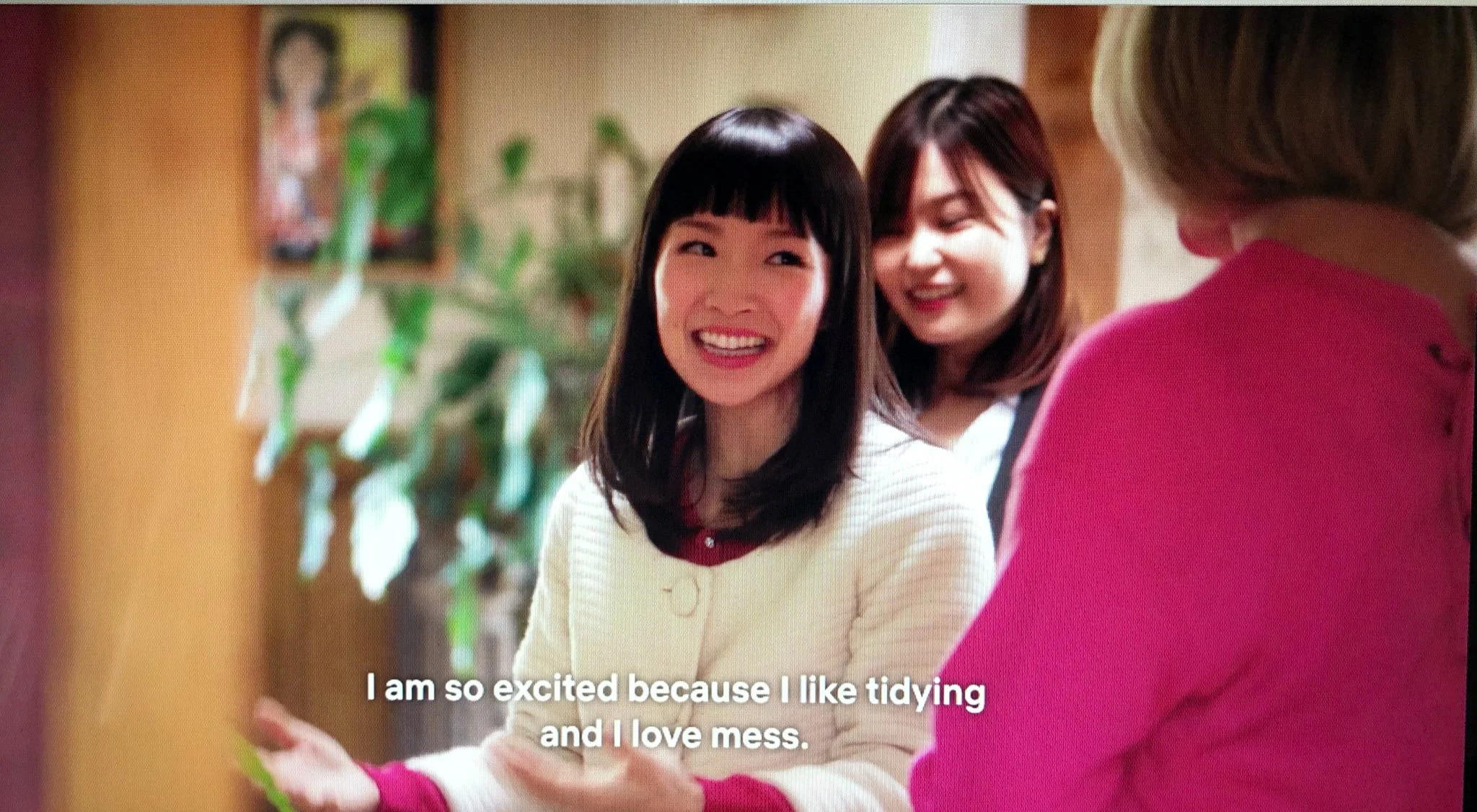In the cats-versus-dogs debate, pop culture tends to skew in one direction. Many animated movies portray cats as manipulative and nefarious, and dogs as the (less canny) embodiments of loyalty and love. Cats also have a long association with the witchy and supernatural, underscoring their folkloric legacy as otherworldly beings. While some recent works have broadened depictions of felines, a new series from Netflix does the same for the humans who love them.
Read MoreIn the summer of 1898, the Scottish chemist Sir William Ramsay made a discovery that would eventually give the Moulin Rouge in Paris, the Las Vegas Strip, and New York’s Times Square their perpetual nighttime glow. Using the boiling point of argon as a reference point, Ramsay and his colleague Morris W. Travers isolated three more noble gases and gave them evocative Greek names: neon, krypton, and xenon.
Read MoreAbout halfway through “The Downsizers,” the third episode of the new Netflix series Tidying Up With Marie Kondo, the 11-year-old Kayci Mersier and her 12-year-old brother, Nolan, are sorting through gigantic piles of clothing, piece by piece. They bid a grateful farewell to the things they no longer wear, and let others—the ones that “spark joy”—know they will be happily worn in the future. “You’ve done so much good for me; I thank you for that,” Nolan tells a jacket, giving it a little hug before setting it down.
Read MoreStarting around Thanksgiving, one can hardly run an errand or ride an elevator without being serenaded by Christmas music. The songs cover familiar seasonal territory—silver bells, open sleighs, roasting chestnuts—as well as a timeless emotion: desire. Just think of Eartha Kitt flirting with “Santa Baby,” Mariah Carey donning a Santa hat to sing “All I Want for Christmas Is You,” or George Michael pining for a lost love in “Last Christmas,” by Wham! But all of those romantic lyrics about wanting and wishing also happen to tap into a different, but no less powerful desire: the urge to shop.
Read MoreYou’ve probably encountered this cliché before: Something in the news—perhaps a sea of handmade Pussyhats—is “not your grandma’s knitting.” The word “craft” can seem to demand an apology or clarification: a reminder that no serious, technically accomplished endeavor should ever be confused with the homespun. For decades, academics have explored the ways in which traditionally domestic and feminine pursuits (as well as the creative traditions of communities of color and of artists in the developing world) tend to be dismissed as “craft,” as distinct from “art” or “design.”
Read More




